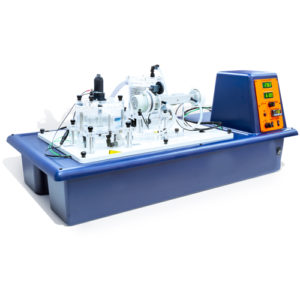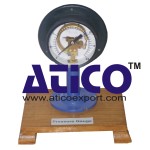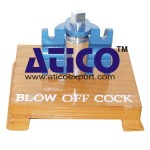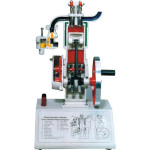Description:
A batch enzyme reaction system utilising the industrially important glucose isomerisation reaction (converting glucose to fructose) catalysed by glucose isomerase.
The purpose of the unit is to demonstrate batch enzyme kinetics and enzyme characteristics.
The reaction takes place inside a stirred vessel where the stirrer itself is a porous basket inside which the enzyme is immobilised.
A polarimeter device, which is integral to the unit, monitors the glucose and fructose concentrations with time.
The Batch Enzyme Reactor introduces the student to the fundamentals of batch enzyme catalysis. It consists of a benchtop unit onto which is mounted a reactor vessel in which the glucose isomerase-mediated reaction takes place. The reactor itself is made of clear acrylic, which gives good visibility. A cruciform geometry impeller constructed from stainless steel mesh retains the immobilised enzyme while enabling efficient mixing with the liquid reactant (glucose solution).
TECHNICAL SPECIFICATIONS
- A benchtop unit comprising a vacuum-formed ABS plastic plinth with integral electrical console onto which is mounted the stirred reactor vessel sampling circuit with peristaltic pump, tubular coil heat exchanger and polarimeter device
- A temperature sensor and heater mounted in the reactor vessel and linked to a PID controller for accurate reaction temperature control
- A polarimeter device measuring optical transmission and angle of rotation
- Protection devices for all electrical circuits
- Three displays: PID temperature control (reactor temperature), display for angle of rotation, display for optical transmission or temperature at polarimeter
- Sensor signals are routed to the USB port for connection to a (user-supplied) PC
- Comprehensive instruction manual with detailed laboratory teaching exercises
- Instructional capabilities:
– Principles of batch enzyme kinetics
– Factors affecting enzyme performance
– Principles of polarimetry and Biot-Savart law







